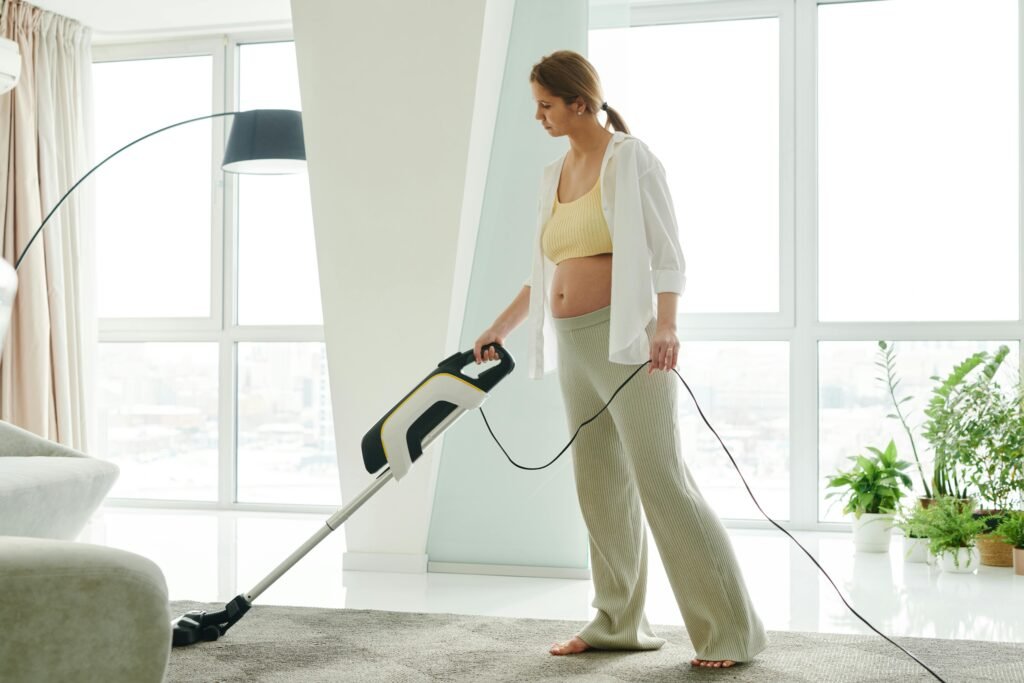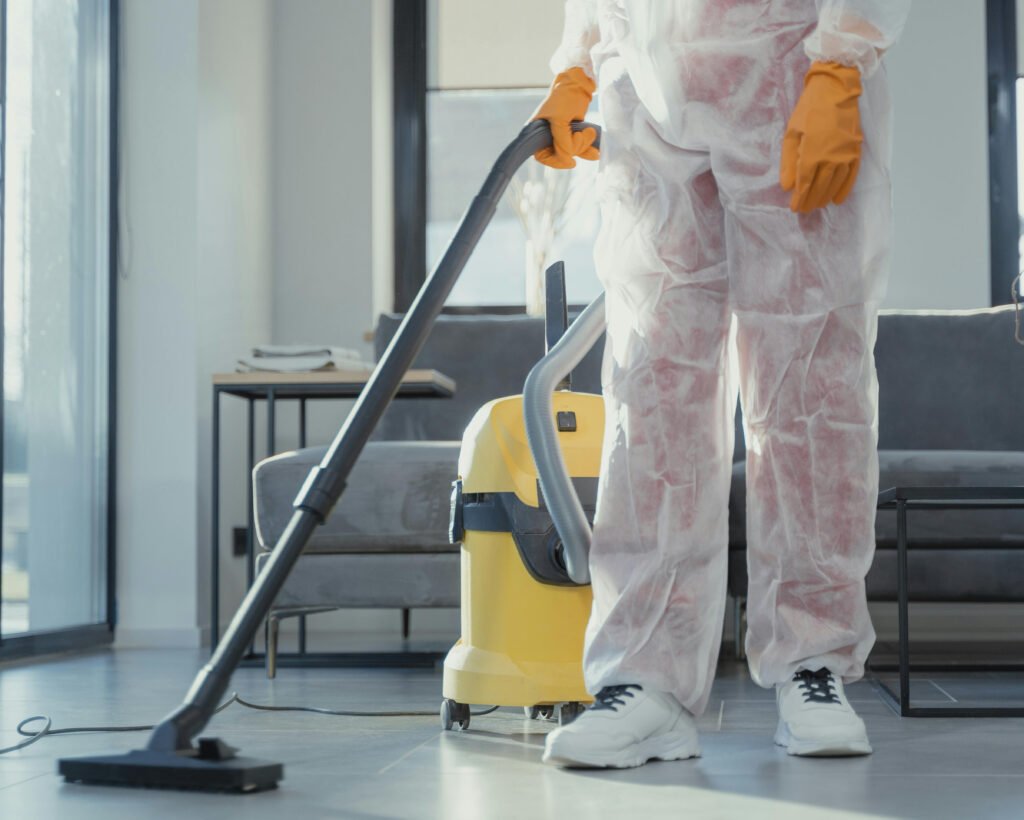7 Tips to Determine a Best Vacuum Cleaner .Choosing the right vacuum cleaner can be a daunting task with so many options available on the market. A good vacuum cleaner not only keeps your home spotless but also makes cleaning more efficient and hassle-free. Whether you’re looking to tackle pet hair, dust, or stubborn dirt on carpets and hard floors, it’s crucial to know what features to look for before making a purchase.
From powerful suction and versatile attachments to quiet operation and long battery life, the ideal vacuum cleaner should cater to your specific cleaning needs. In this comprehensive guide, we’ll help you determine a good vacuum cleaner by breaking down the essential features and factors that matter most. Whether you prefer an upright, canister, stick, or robotic model, understanding these qualities will help you make an informed decision and find the perfect fit for your home.
Let’s dive into the key factors to consider when choosing the best vacuum cleaner for your lifestyle!
1. Consider Your Flooring Type
The first of the 7 Tips to Determine a Best Vacuum Cleaner is to assess your flooring. Some vacuums are built for carpets, others for hardwood, and the best models offer multi-surface functionality.
- For hardwood or tile: Choose vacuums with soft bristles or rubber wheels to avoid scratching.
- For thick carpets or rugs: Go for models with strong suction and adjustable brush rolls.
Knowing your floor type ensures you won’t invest in a vacuum that’s too weak or too aggressive.
2. Choose the Right Vacuum Type

There are several types of vacuum cleaners—upright, canister, stick, robot, and handheld. Picking the right one depends on your space, lifestyle, and cleaning habits.
- Upright vacuums are great for deep cleaning large carpeted areas.
- Canister vacuums offer flexibility and are perfect for stairs or furniture.
- Stick vacuums are lightweight and ideal for quick clean-ups.
- Robot vacuums are convenient for daily maintenance and smart homes.
- Handheld vacuums work best for cars, upholstery, or spot-cleaning.
This variety highlights the importance of this step in the 7 Tips to Determine a Best Vacuum Cleaner.
3. Check the Suction Power and Performance
Suction power is one of the most important performance factors. A vacuum might look good on paper, but if it can’t pull in debris effectively, it’s useless.
Look for specifications like:
- Air Watts (AW)
- Pascal suction (Pa) for robot vacuums
- Motor amps or watts (but remember, higher watts don’t always mean better suction)
Performance testing and real-world reviews should guide your decision—making this one of the essential 7 Tips to Determine a Best Vacuum Cleaner.
4. Evaluate Filtration and Allergen Control
If you have allergies or pets, this tip is a must. A vacuum with a high-efficiency filter—especially a HEPA filter—can trap fine dust, pollen, and pet dander.
- HEPA filters capture 99.97% of airborne particles.
- Sealed systems prevent particles from leaking back into the air.
- Washable filters are eco-friendly and cost-effective.
For those with respiratory sensitivities, this step in the 7 Tips to Determine a Best Vacuum Cleaner can drastically improve your home’s air quality.
5. Look at Bagged vs. Bagless Options
Both bagged and bagless vacuums have their pros and cons. The choice often comes down to convenience versus hygiene.
- Bagged vacuums: Hold more debris, less dust exposure when emptying, but need replacement bags.
- Bagless vacuums: Easier to empty and cost-effective, but can release dust when cleaned.
This point in the 7 Tips to Determine a Best Vacuum Cleaner comes down to personal preference and how much maintenance you’re willing to do.
6. Inspect Attachments and Tools
A vacuum’s versatility is often determined by its accessories. Look for tools that match your cleaning needs:
- Crevice tool for tight spaces
- Pet brush for fur and dander
- Upholstery tool for furniture
- Extension wand for ceilings and curtains
The right attachments expand the vacuum’s use across your home, making this one of the most practical tips in the 7 Tips to Determine a Best Vacuum Cleaner.
7. Don’t Ignore Reviews, Warranties, and Brand Reputation
Last but not least, research is key. Before finalizing your purchase:
- Read customer reviews on performance, durability, and ease of use.
- Check warranties—good brands offer at least 1–2 years of coverage.
- Stick to reputable brands like Dyson, Shark, Miele, Bissell, and Roborock for peace of mind.
This is perhaps the most underrated of the 7 Tips to Determine a Best Vacuum Cleaner, but it can save you money and frustration in the long run.
Conclusion of 7 Tips to Determine a Best Vacuum Cleaner
Choosing a good vacuum cleaner doesn’t have to be overwhelming when you know what to look for. By considering factors like the type of vacuum, suction power, dust capacity, versatility, noise levels, battery life, and budget, you can make an informed decision that perfectly suits your cleaning needs. Whether you’re looking for a powerful upright model for deep carpet cleaning or a lightweight stick vacuum for quick touch-ups, understanding these key qualities will help you pick the right one.
Investing in a high-quality vacuum cleaner not only saves you time and effort but also keeps your home spotless and allergen-free. Make sure to weigh the pros and cons of each type, and always check the warranty and customer reviews before making a purchase.
For more expert guides, reviews, and recommendations, visit GadgetSyte.com—your trusted source for the latest in home tech.







